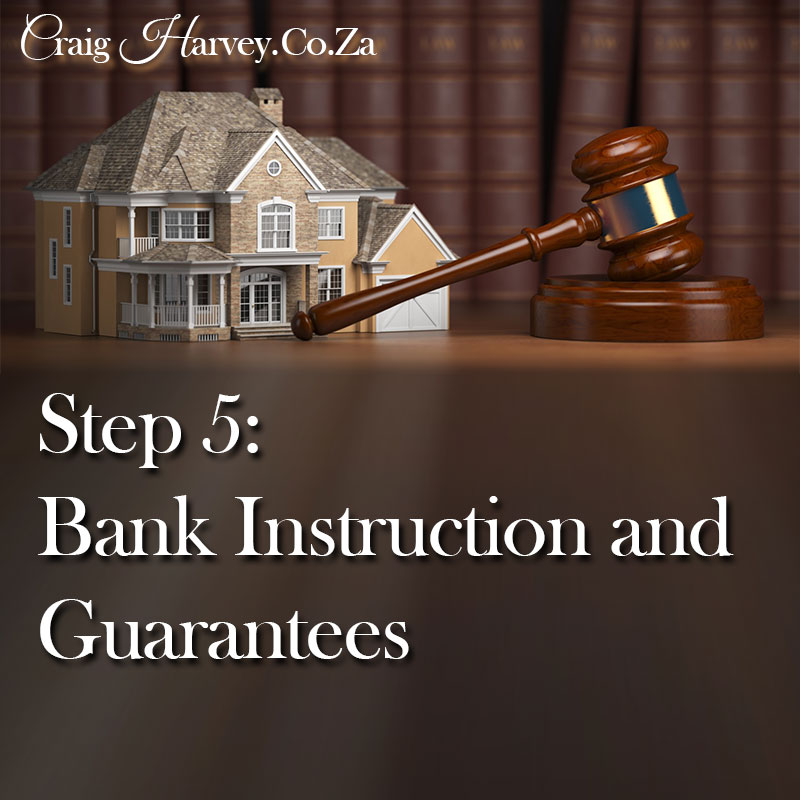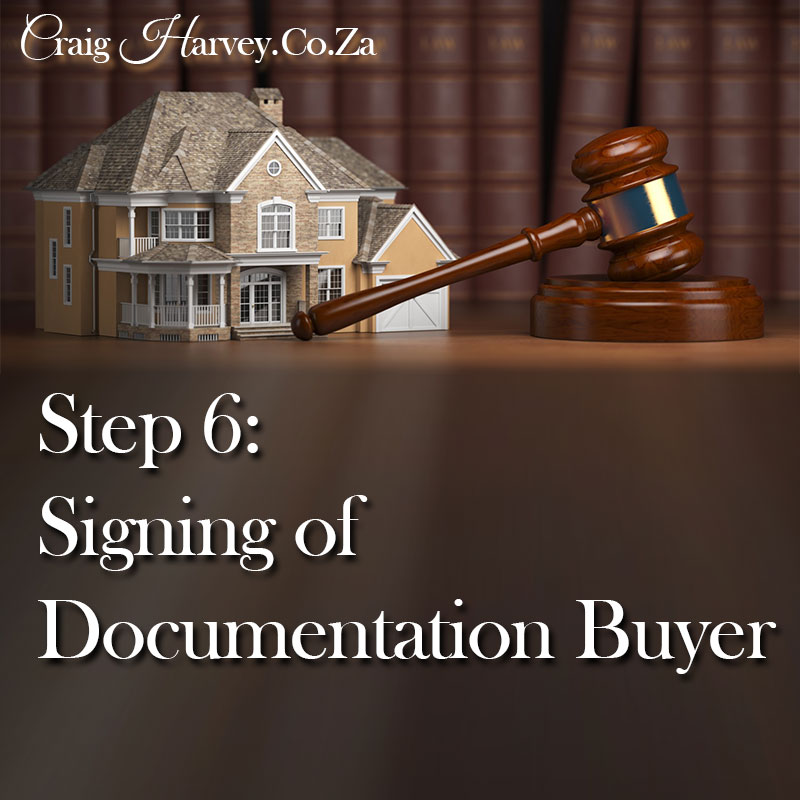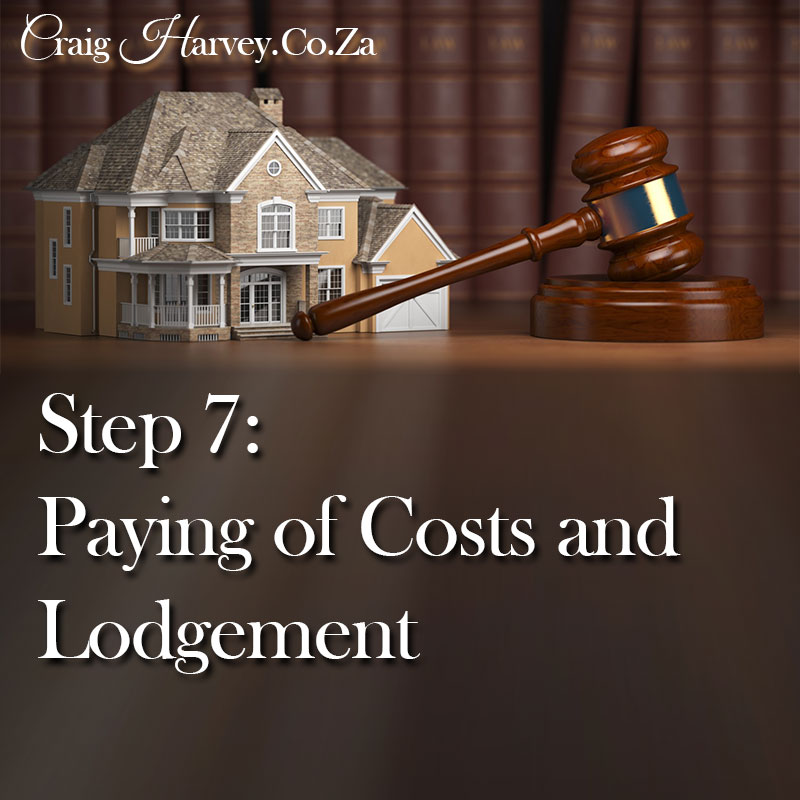Property Law & Conveyancing
What you need to know about Property Conveyancing Services:
Property and Conveyancing Services
Ownership of property is not obtained on signature of the offer to purchase document or even on payment of the purchase price. Ownership is only obtained on registration of the property, into the buyer’s name in the Deeds Registry Office and that is what our Conveyancing Attorneys assist our clients with.
Our team of specialists will ensure a smooth and fast registration dealing with all role players such as the municipalities, Deeds Registry Offices, and banks.
We deal with Residential Conveyancing and Commercial Conveyancing.
Read more below
Property Transfer
What are the first steps to Property Transfer?
- Step 1: OTP
- Step 2: Finance Application / Bond
- Step 3: Appointing a Conveyancer
- Step 4: Rates Clearance and Homeowners association Levy
- Step 5: Bank Instruction and Guarantees
- Step 6: Signing of Documentation Buyer
- Step 7: Paying of Costs and Lodgement
- Step 8: Guarantees
- Step 9: Deed Office
- Step 10: Ownership
Conveyancing Process
Firstly, your Offer to Purchase.
When buying a property, it is very important to ensure that you are well informed and know exactly which documents will be required to successfully Transfer your new Property. Therefore, it is our Job at to provide you with a hassle-free Conveyancing service, ensuring a smooth Property Transfer.
Getting your offer to purchase signed. Offer to purchase is also known as (OTP) normally the offer to purchase is signed by the buyer, seller, and estate agent. We as conveyancers are ready to jump in and make sure all the relevant information is gathered.
Providing you with an excellent conveyancing service. We will make sure that all the correct details have been submitted.
The 10 steps
Step 1 : OTP (Offer to Purchase)

The Conveyancing Process explained in 10 steps:
- Certified Copies of all the Identity documents related to purchase
- Proof of Residential Address
- Marriage Certificate or Ante-nuptial Contract
- Company’s Memorandum of Incorporation of the seller and buyer
Step 2: Finance Application / Bond

Home Loans
Beforehand the Estate Agent should also ensure that their clients are well informed giving the Buyer and seller peace of mind. Knowing if the Buyer needs finance and helping with referral or recommendation of a bond originator. The buyer or bond originator applies to the bank for finance. A bond application will normally form part of the suspensive conditions, which are events that need to happen before the sale is finalised. Another common suspensive condition is the sale of the buyer’s existing home. At this stage, once finance is approved the next step is our appointment.
More on bond application process from reliable sources:
Step 3: Appointing a Conveyancer

The Conveyancer
Step 4: Rates Clearance and Homeowners association Levy (Where applicable)

Rates Clearance
We quickly sort out your Rates and Clearance ensuring fast and speedy Conveyancing Services all the time. Part of our Conveyancing duties is to request other information such as the Seller’s existing bond as well as the Rates Assessment and/or Levy Assessment from the Body Corporate or Homeowners Association. So, if you have all this information beforehand, and it is paid up in full then it will make the process work faster.
The conveyancer will still request for rates clearance figures from the Municipality.
Make sure that your electricity and water readings are up to date (and not estimates) and all your services are paid in full then it will make the process faster. Why we do this is it can be a long process and remember our job is to save you time and provide solutions to give you the best Conveyancing experience.
According to South African law, a property can only be transferred once all municipal charges and associated costs have been paid in full to the relevant parties.
Once this is done, a rates clearance certificate will be issued by the local council. The seller may be required to pay a few months in advance to obtain the certificate; however, any credit on the account on the date of transfer will be refunded. At this stage, the transferring attorney will also do a Deeds Office search to check all the details of the property.
After this has been done, the transferring attorney will assemble and prepare the required documentation.
See these useful links:
Step 5: Bank Instruction and Guarantees

The Bank
The buyer’s bank will then instruct a bond attorney to register a mortgage bond, which is a special loan that uses the fixed property as security and is registered with the Deeds Office.
Then the seller’s bank instructs its attorney, ie. the cancellation attorney, to cancel the seller’s bond. The cancelation attorney then sends the title deed and guarantee requirements to the bond attorney and the transferring attorney.
Step 6: Signing of Documentation Buyer

Signing
At this stage the buyer will be contacted by the transferring attorney to come in and sign the documents. The buyer will be required to sign a power of attorney to transfer, as well as a number of affidavits to verify his or her marital status, financial status, and identity.
Buyers can prepare for this by getting the following documentation in order:
- Proof of address (not older than three months)
- A certified copy of their identity documents
- Their income tax numbers
- Declaration in respect of marital and solvency status
- Particulars concerning the identity of the attorney transferring the purchaser’s property if the buyer is utilising the proceeds to pay for his or her purchase
- Particulars of the bond granted
These documents will be needed to meet the Financial Intelligence Centre Act (FICA) requirements. Apart from FICA, the transfer process is required to satisfy the necessary criteria of several regulatory instruments, such as the Transfer Duty Act and the Value Added Tax Act for the South African Revenue Service (SARS), and the Municipal Property Rates Act.
Step 7: Paying of Costs and Lodgement

Transfer costs etc.
Step 8: Guarantees

Document Lodgement
The lodging attorney will contact both the cancelling attorney and bond attorney to ensure that all the documents are in order and ensure that the documents are are lodged on the same day. The documents must be registered at the same time to ensure the smooth transaction and that the seller’s bank has the required guarantees to ensure the security of payment and when it will be paid once the bond is cancelled, and they will not cancel the bond until the new bond is registered with all Guarantees in place.
See more examples of what a Guarantee is:
Step 9: Deed Office

Deeds Office Examiner
Step 10: Ownership










